Full program
Keynotes
Tutorials
Invited speakers
The conference will feature an interactive and dynamic programme comprising workshops, tutorials, and invited talks, as well as high-quality contributed talks, serving as a platform to divulge into hot and emerging areas of optical networking.
Keynotes
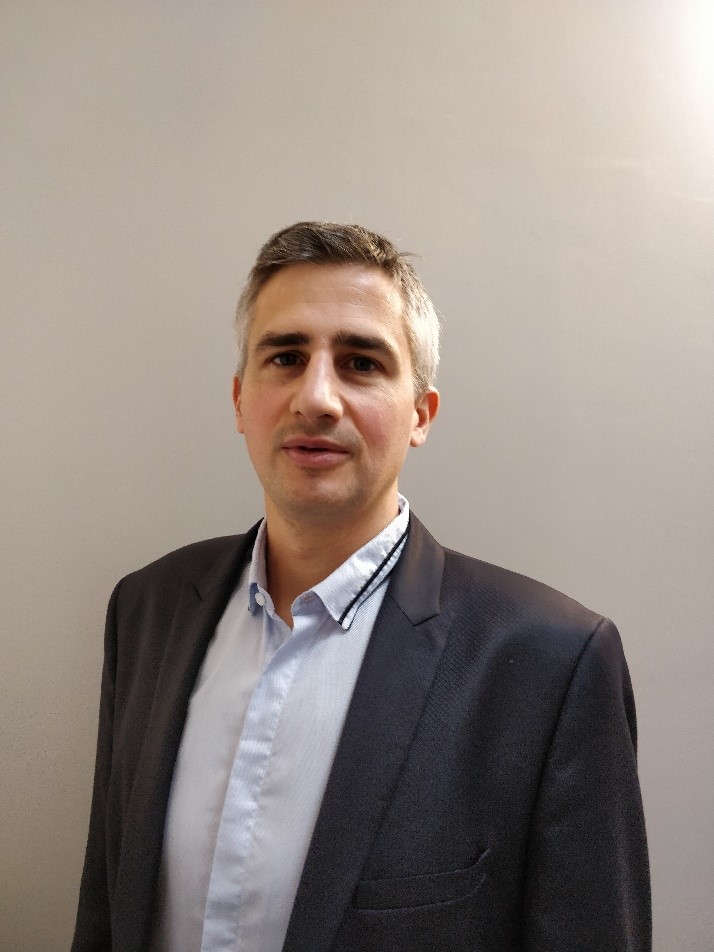
Demand for Optical technologies enable better fully connected world
Gabriel Charlet, Huawei Paris Research Center, Paris, France
The keynote summarizes the state of art of optical network and outlook demands of future optical usage and demands, and calls for enabling technologies and solutions.
Optical communication has penetrated into many areas. Fibres are deployed in data centers, long-haul backbones, metro networks and FTTH access networks. With the continuous development of service requirements, optical network capabilities and requirements are evolving accordingly.
– Continuous bandwidth increasing. For example, access network bandwidth increases from 2.5 Gb/s to 10 Gb/s, transport network increases from 100 Gb/s to 200 Gb/s and 400 Gb/s per wavelength, and data center network increases from 400 Gb/s to 800 Gb/s per wavelength.
– The application scope of optical fibre networks is expanded, such as fibre to the room, fibre to the desktop, and fibre to the machine.
– From segmented optical networks to end-to-end converged networks
– Thanks to AI technologies, optical networks provide low-latency, high-reliability, and guaranteed experience services in an autonomous way.
Then a natural question to be asked is: What is the next-generation optical technology? The presentation will discuss what will look like the future optical network, including:
– Higher bandwidth: 50Gb/s or even higher in access, 800Gb/s to 1.6Tb/s in long-haul and 1.6Tb/s within data center.
– Guaranteed lower latency and jitter down to 1/10 of current generation and 10 times higher reliability, 10 times higher power efficiency
– Go from fibre-to-everything to wireless optical-to-everything,for example FSO and LiFi, which breaks the limitation of optical fibre, from connecting homes to connecting more things.
– Support autonomous driven network supported by artificial intelligence.
– Extend from optical communication to a plethora of new applications incl. optical sensing networks;
So how to draw the blue print of next generation and how to make it happen? This is question for all stakeholders in the optical ecosystem. They must work together to explore the next-generation optical applications and key enabling technologies to achieve the ubiquitous optical experience.
Gabriel Charlet is leading the Optical Communication Technology Lab of Huawei Paris Research Center since December 2018. The focus of the lab is long distance WDM systems. Ultrawide band optical transmission is a key research direction, in addition DSP techniques allowing ultra high baudrate modulation and detection are also investigated as well as the use AI technique to maximize the performance at network level. Before joining Huawei, he has spent 18 years at Nokia (formerly Alcatel and Alcatel-Lucent) in the optics research lab. He has been a pioneer in coherent technology for WDM system, as well as spatial division multiplexing technology and also of ultrawide band optical systems relying on SOA. He also authored more than 40 papers (co-authored over 150) including 10 postdeadline papers in major conferences and more than 50 patents. He received the “Fabry de Gramont” award in 2007 for his work on advanced modulation formats, was selected by MIT for TR35 in 2010 and received the world technology award in 2011 for his pioneering work on coherent detection. He is graduated from Ecole Supérieure d’Optique in 1999 and received his PhD in 2011 from University Paris XI for work done at Bell Labs.

6G Wanderlust: Toward the Internet of No Things to “See the Invisible”
Martin Maier, Institut National de la Recherche Scientifique (INRS), Montréal, Canada
The title of this keynote is inspired by Jeff Bezos’ latest book Invent & Wander. In it, among others, readers learn why it’s all about the long term, how a willingness to fail is closely connected to innovation, and what the Covid-19 pandemic has taught us. Each insight offers new ways of thinking through today’s challenges – and more importantly, tomorrow’s – and the never-ending urgency of striving ahead, never resting on one’s laurels. The essence of this day 1 mindset may be best captured by the wonderful word “wanderlust,” the irresistible urge or desire to wander far away and discover the world at the end of your comfort zone. The keynote presents recent work paving the way for the future Internet of No Things. While 5G was supposed to be about the Internet of Everything, to be transformative 6G might be just about the opposite of Everything, that is, Nothing or, more technically, No Things. In addition to the recently emerging invisible-to-visible (I2V) technology concept, the keynote explores the convergence of AI-enhanced multi-access edge computing (MEC), intelligent mobile robots, and blockchain technologies to help realize the Internet of No Things as a useful stepping-stone toward realizing the far-reaching vision of future 6G networks, ushering in the 6G post-smartphone era and the delivery of advanced extended reality (XR) experiences, e.g., sixth-sense perceptions.
Martin Maier is a full professor with the Institut National de la Recherche Scientifique (INRS), Montréal, Canada. He was educated at the Technical University of Berlin, Germany, and received M.Sc. and Ph.D. degrees (summa cum laude) in 1998 and 2003, respectively. He was a co-recipient of the 2009 IEEE Communications Society Best Tutorial Paper Award. Further, he was a Marie Curie IIF Fellow of the European Commission from March 2014 through February 2015. In March 2017, he received the Friedrich Wilhelm Bessel Research Award from the Alexander von Humboldt (AvH) Foundation in recognition of his accomplishments in research on FiWi enhanced mobile networks. In May 2017, he was named one of the three most promising scientists in the category “Contribution to a better society” of the Marie Skłodowska-Curie Actions (MSCA) 2017 Prize Award of the European Commission. In winter 2019/20, he held a UC3M-Banco de Santander Excellence Chair at Universidad Carlos III de Madrid (UC3M), Madrid, Spain. He is co-author of the book “Toward 6G: A New Era of Convergence” (Wiley-IEEE Press, January 2021).
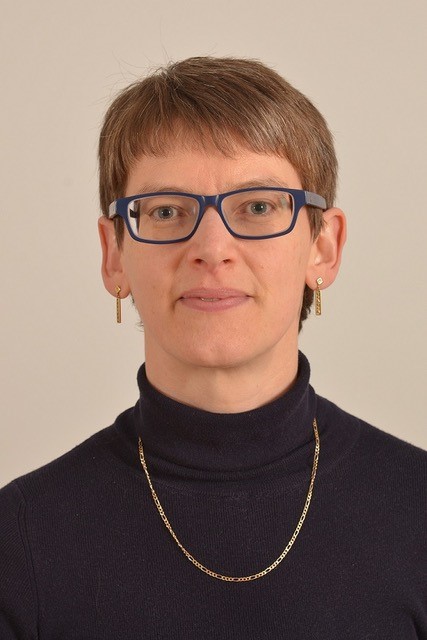
Adversaries in the Network
Sandra Scott-Hayward, Queen’s University Belfast, Belfast, United Kingdom
The communication networks on which we rely for so many aspects of our daily lives are constantly under attack. This is increasingly the case as we have adapted to remote working, schooling, health service provision, etc. The emergence of technologies such as Software-Defined Networking (SDN), Network Functions Virtualization (NFV), and Multi-Access Edge Computing (MEC) enable innovation in network security, but these technologies create additional attack surfaces. Dramatic advances in Machine Learning (ML) and Artificial Intelligence (AI) techniques are influencing security services and design for security, but they can also be exploited to produce sophisticated attacks.
In this keynote, we will discuss the latest research on security in the networks of the future. We specifically consider adversaries in the network; how do we deal with adversarial attacks targeting ML-based network systems or programmable data planes? What do protections against adversarial attacks look like? Assuming that we can never guarantee security, can we optimize the security profile of the network?
Sandra Scott-Hayward is a Lecturer (Assistant Professor) with the School of Electronics, Electrical Engineering and Computer Science, and a Member of the Centre for Secure Information Technologies at Queen’s University Belfast (QUB). She began her career in industry and became a Chartered Engineer in 2006 having worked as a Systems Engineer and Engineering Group Leader with Airbus. Since joining academia, she has published a series of IEEE/ACM papers on security designs and solutions for softwarized networks based on her research on the development of network security architectures and security functions for emerging networks. She received Outstanding Technical Contributor and Outstanding Leadership awards from the Open Networking Foundation in 2015 and 2016, respectively, having been elected and serving as the Vice-Chair of the ONF Security Working Group from 2015 to 2017. Amongst many other service memberships, she was the TPC Co-Chair for IEEE NFV-SDN 2020 and is an Associate Editor of IEEE Transactions on Network and Service Management. She is Director of the QUB Academic Centre of Excellence in Cyber Security Education (ACE-CSE), one of the first universities to be awarded this recognition by the U.K. National Cyber Security Centre.
Tutorials

SD-WAN: how the control of the network can be shifted from core to edge
Guido Maier, Politecnico di Milano, Italy
Sebastian Troia, Politecnico di Milano, Italy
This tutorial addresses the Software-Defined Wide Area Network (SD-WAN) technology, which has recently conquered the market of enterprise networking all over the world. SD-WAN is regarded as very promising for the next-generation WANs, especially by the Communication Service Providers (CSPs) as a new highly effective solution to offer to their customers. SD-WAN brings the Software-Defined Networking (SDN) advantages to the WAN, applying the concept of separation among data and control plane. The main goal is to provide dynamic, fast and reliable interconnections between geographically distributed locations of an organization, such as headquarters, data-center sites, branch offices. A communication infrastructure on a national or global basis can be thus provided to the tenants as an overlay network over heterogeneous public WANs, reducing the costs, but preserving the quality of service. We will present the most important use cases, such as enterprise branch-headquarter interconnection and data-center interconnection. In particular, we will focus on those use cases that exploit optical networks as underlay infrastructure, such as 5G front/mid hauling and MEC-site interconnection in Fog computing: the stringent requirements in these situations demand for a careful optical-network resources management. In the final part of the tutorial, we will describe the decision techniques that can be implemented over the SD-WAN controller, making a comparison between traditional and Machine-Learning solutions. During the tutorial we will show various testbeds, both emulated and real, together with a live demo.
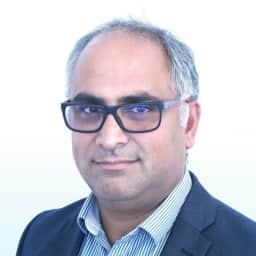
Building a dynamic Quantum Network: from Quantum Security to Quantum Internet
Reza Nejabati, University of Bristol, UK
Quantum Security relies on property of quantum mechanics to ensure that information has not been observed or tampered with in transit. Since traditional cryptography algorithms may be vulnerable to a future large-scale quantum computer, quantum security offers a potential mitigation since its security properties are based on the laws of physics rather than the hardness of some underlying mathematical problems.
Quantum computing is becoming a reality. IBM built and tested a 50- qubits quantum computer, Google announced a 72- qubits quantum computer. Quantum Internet is the key strategy to provide Internet wide access to quantum computing for large number of users which resembles access to classical computing power provided by cloud service providers such as Amazon or Google.
In this tutorial, I will focus on technological solution and challenges for building a dynamic quantum network that allows co-existence and transmission of quantum information in existing fibre infrasture together with classical optical channels . This is an important step towards building an Internet wide Quantum Security Infrasture in first sept and a Quantum Internet infrasture at later stage. Topics covered by this tutorial includes: dynamic quantum network architecture, coexistence of quantum and classical channel in a fibre, quantum entanglement based networking , multi- user quantum entangled network and finally algorithms and control plane for a quantum network.

Silicon Photonics for 5G Passive Optical Networks
Leslie Ann Rusch, Université Laval, Canada
Only radio access networks can provide connectivity across multiple antenna sites to achieve the great leap forward in capacity targeted by 5G. Optical fronthaul remains a sticking point in that connectivity, and we will discuss the adoption of analog radio over fiber signals and an optical access network smart edge to achieve the potential of radio access networks. The edge of the network would house the intelligence that coordinates wireless transmissions to minimize interference and maximize throughput. As silicon photonics provides a hardware platform well adapted to support optical fronthaul, it is poised to drive smart edge adoption. We draw out the issues in adopting silicon photonics to support a strategy for network densification, and cite recent demonstrations in this area.
Invited speakers
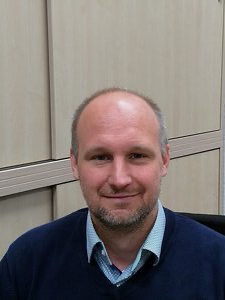
The Future of Passive Optical Networks
Rene Bonk, Nokia – DE/Stuttgart, Germany
Future system generations of passive optical networks (PON) will be applicable to new applications ranging from mobile x-hauling, to enterprise infrastructures and industrial IoT. These new applications for PON systems are coming with changes on the requirements compared to traditional PON system designs. Higher throughput, lower latency and lower jitter are demanded depending on the use case and services. In this contribution, an outlook to the evolution of future PON systems will be given taking into account the new use cases and the action and status at the level of standardization. Further, technical insights into the usage of digital signal processing (DSP) to obtain larger PON capacity and increased flexibility will be provided.
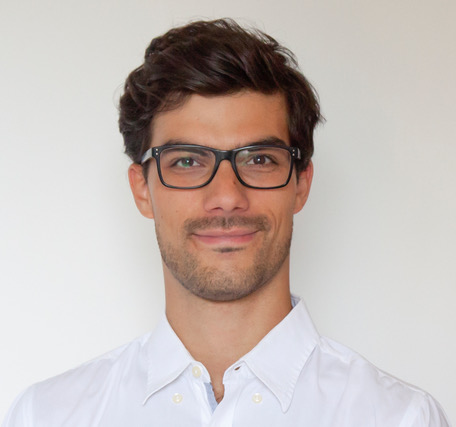
ODTN, Trellis and Stratum: a seamless packet-optical multi-stage datacenter solution
Andrea Campanella, ONF
For the first time ONF can demonstrate a full end to end multi-stage data-centre solution, combining leaf spine control of Trellis, dedicated optical link provisioning with ODTN, all achieved over switches and packet optical devices managed by Stratum, the next generation switch OS.
The Stratum, Trellis and ODTN combined solution starts with the integration of Stratum with the Transponder Abstraction Interface allows the control of optical ACO and DCO modules, configuring parameters such as wavelength, power and modulation to provision optical links. Optical Capability is then exposed to ONOS via OpenConfig standard models on top Stratum’s gNMI interface. Stratum then runs on CASSINI packet optical transponders, controlling Lumentum ACO cards via gNMI and TAI for the optical side and the Broadcom Tomahawk plus chipset via OpenNSA and P4Runtime, for the l2/l3 bridging and routing capabilities. With the unification of both optical and ethernet capabilities the CASSINI transponder acts as a spine in the intra data-centre Trellis leaf spine topology, and as the transponder for the DCI inter data-centre links.
In this paper we describe the implemented architecture of the different components, the overall topology, the changes required to achieve the end to end solution and the challenges faced. We then outline the benefits of the proposed solution in terms of resource consumption, end to end optimisation, reliability and resistance to failures based upon data collected in a physical setup created at ONF. Finally some next steps and further optimisations are proposed.

Deploying PolKA Source Routing in P4 Switches
Cristina Klippel Dominicini, Instituto Federal do Espírito Santo, Brazil
One great challenge of modern networks is how to select paths and react to highly variable and demanding traffic patterns. In recent years, emerging networking languages and architectures, such as P4/PISA, have created unprecedented opportunities for rapidly prototyping disruptive solutions in programmable data planes. In this direction, source routing (SR) is a prominent alternative to conventional table-based routing, since it reduces the convergence time of building distributed routing tables. In particular, PolKA explores the polynomial residue number system (RNS) for a fully stateless SR, i.e., no state update on packet headers needs to be conveyed along the route. This paper reports the deployment of PolKA in a continental testbed composed of P4 programmable switches. Results for end-to-end throughput and forwarding latency show that PolKA matches the data plane performance of traditional approaches, while paving the way for further innovative applications by exploring RNS properties in dynamic scenarios.
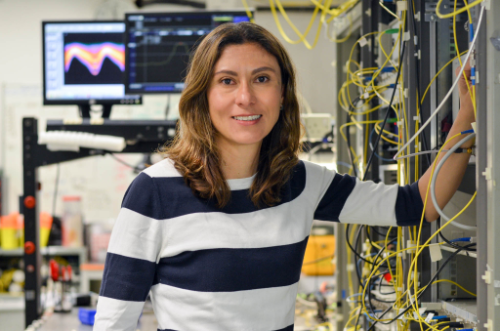
Challenges in extending optical fiber transmission bandwidth beyond C+L band and how to get there
Lidia Galdino, University College of London, UK
The practicalities in designing and experimentally demonstrate S+C+L optical fiber transmission bandwidth is described. With a given perspective on the present and future technologies, this paper covers the transceiver design, adaptive modulation format and optical amplifier technologies that enabled a record capacity transmission of 178Tbit/s.
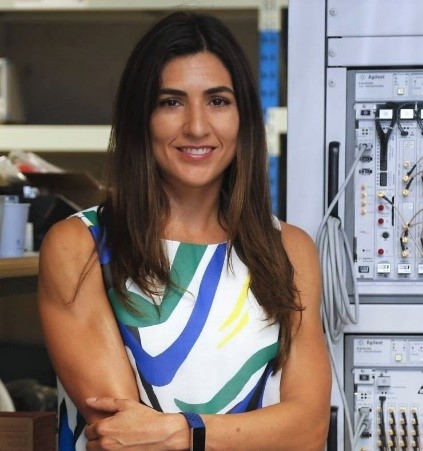
Specialty fibers exploiting spatial multiplexing for signal processing in radio access networks
Ivana Gasulla, Universitat Politècnica de València, Spain
The addition of the spatial dimension to the portfolio of optical multiplexing technologies, widely known as Space-Division Multiplexing, has been touted as a solution for the capacity bottleneck in digital optical communications by establishing independent light paths in one single fiber. Boosted by the benefits brought in terms of compactness, flexibility and versatility, the growing interest on these novel fibers has recently opened up new avenues for research in emerging fields of application, such as radio access network distribution and radiofrequency signal processing. We present an overview of a variety of space-division multiplexing fibers specifically engineered in terms of group delay and chromatic dispersion to provide distributed signal processing for radiofrequency signals in converged fiber-wireless communications.
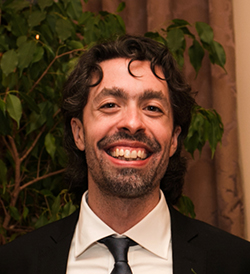
Quantum Technologies for future Quantum Optical Networks
Alberto Gatto, Politecnico di Milano, Italy
In recent years, photonic quantum technology has created unknown opportunities thanks to the counterintuitive concepts of quantum physics. Quantum Optical Communication (QOC) exploits photons as Qubits to convey information between two entities through the optical network; its well-known application is Quantum Key Distribution (QKD), in which, to generate a shared key, the exchange of information between two parties is done with the aid of quantum states. Unlike digital bits, quantum states cannot be perfectly copied due to the Heisenberg uncertainty principle, leading to an unconditionally secure information exchange. On the other hand, Quantum Optical Networks (QON) extend the concept of QOC, since they will interconnect quantum nodes and devices to transport, elaborate and store quantum information (Qubits), facing new challenging phenomena with no counterpart in classical networks to obtain new networking and computing capabilities.
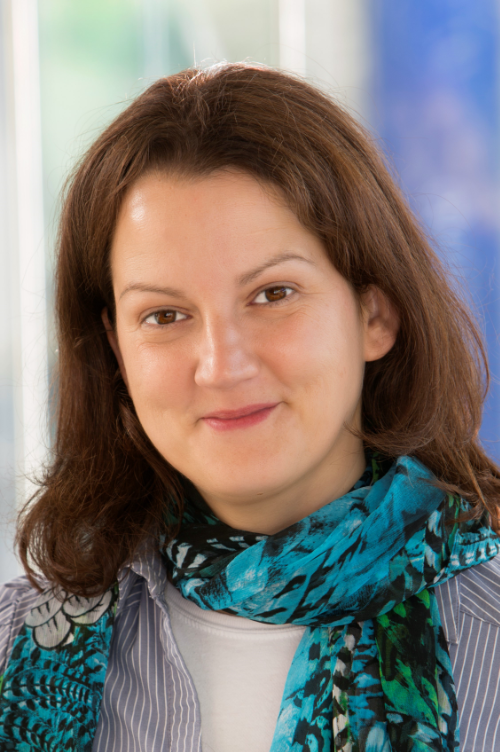
Enabling high capacity flexible optical networks
Fatima Gunning, Tyndall National Institute, Ireland
Current network trends are exploring broadband comb generators and flexible modulation to enable very high capacity, expanding beyond C-band, in addition to real-time digital signal processing for pre-emphasis and post-impairment compensation at very high clock speeds. However, installed optical networks management must deal with a range of devices, switches, monitoring instrumentation, etc, from legacy to state-of-the-art models, including enabling further functionalities from the physical layer perspective. Here is where software-defined networks can provide the flexible management approach necessary. In this talk, we will explore some of the technologies that are enabling flexible high capacity systems, revisiting the potential for multi-carrier transmitters, and utilising analogue methods to monitor transmitter performance that will be compatible to integration to an SDN platform. We will also show how simple protocols can be used to bridge legacy and state-of-the-art SDN-enabled devices, incorporating to management operating systems such as ONOS, showing that a smooth transition to fully automated networks is a real possibility in the near future.
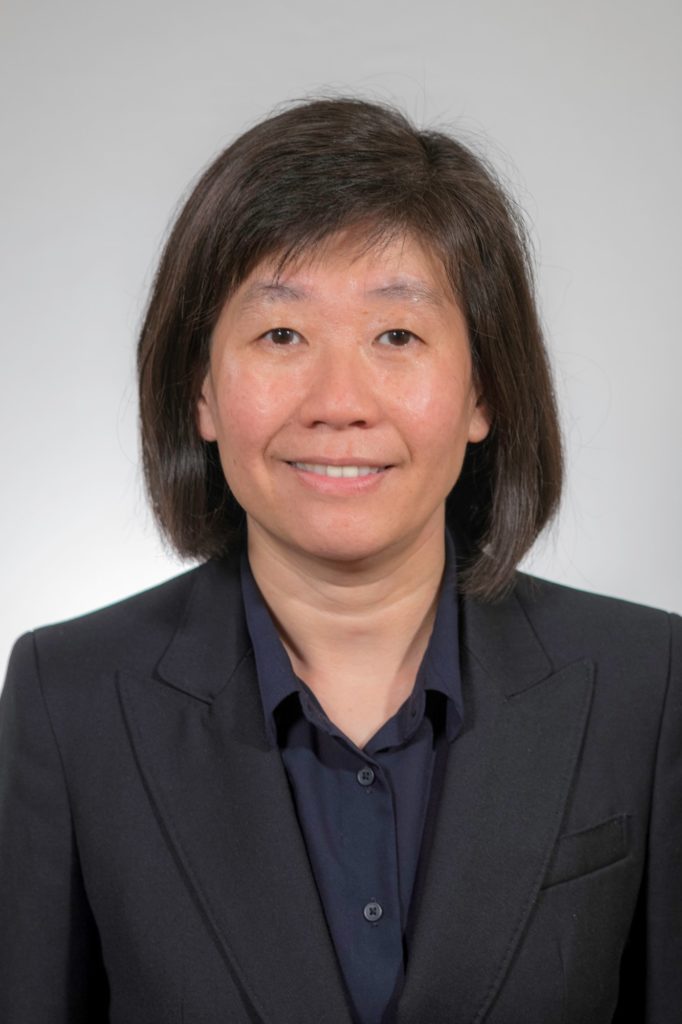
Investigation for NOMA based 60GHz Radio-over-fiber Fronthaul Links
Christina Lim, The University of Melbourne, Australia
Advanced coordination scheme such as Non-orthogonal multiple access (NOMA) is able to improve the spectral efficiency and fairness amongst user in a multi-user environment. However the inherent issue associated with NOMA successive interference cancellation tends to degrade the performance of the link. This paper investigates multi-level code NOMA to overcome this limitation and further study the impact on the 60 GHz radio-over-fiber based fronthaul links.
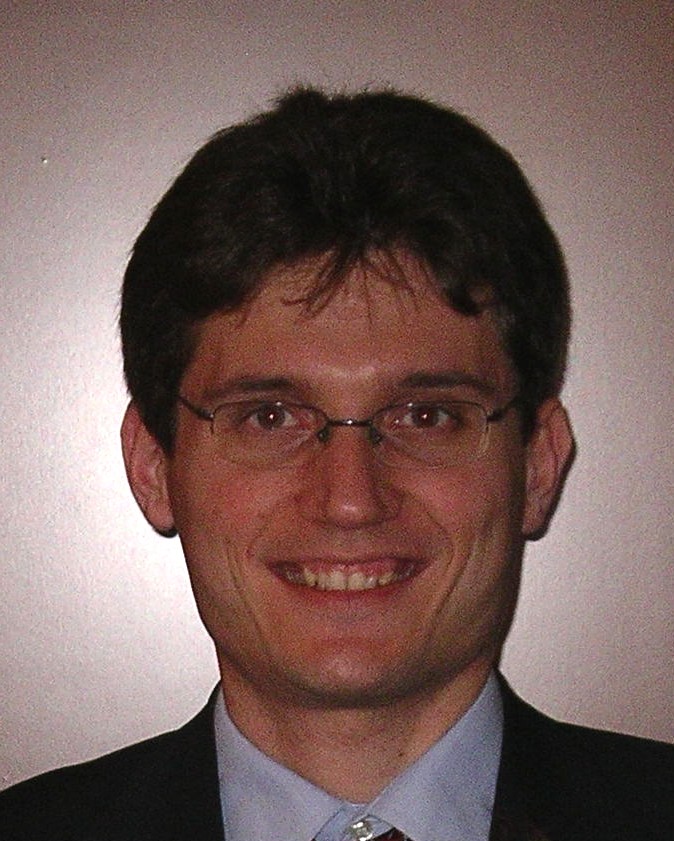
Integration of QKD in WDM networks
Paolo Martelli, Politecnico di Milano, Italy
The theme of the integration of Quantum Key Distribution (QKD) in existing WDM optical networks will be discussed. Some experimental results about a reduced-complexity implementation of BB84 protocol for QKD will be presented, where a QKD channel in O band is added to classical C-band WDM channels on the same fiber.

Point-to-Multipoint Coherent Optics for re-thinking the optical transport: new research challenges
Pablo Pavon Mariño, Technical University of Cartagena and E-lighthouse Network Solutions, Spain
Advances in coherent transmission have resulted in the development of novel point-to-multipoint (P2MP) pluggable optics based on the subcarrier multiplexing scheme. In this strategy, a single pluggable element multiplexes a hardware-limited number of carriers, where each carrier or potentially an aggrupation of them, can communicate with other different lower rate transceivers. First commercial products in this line are expected by 2021. These systems will bring new degrees of flexibility for network design, and promise CAPEX and OPEX reductions, mostly, but not only, for metro scenarios with a natural hub-spoke traffic structure. In this paper, we analyze some of the potentials of this equipment for re-thinking the optical transport network.
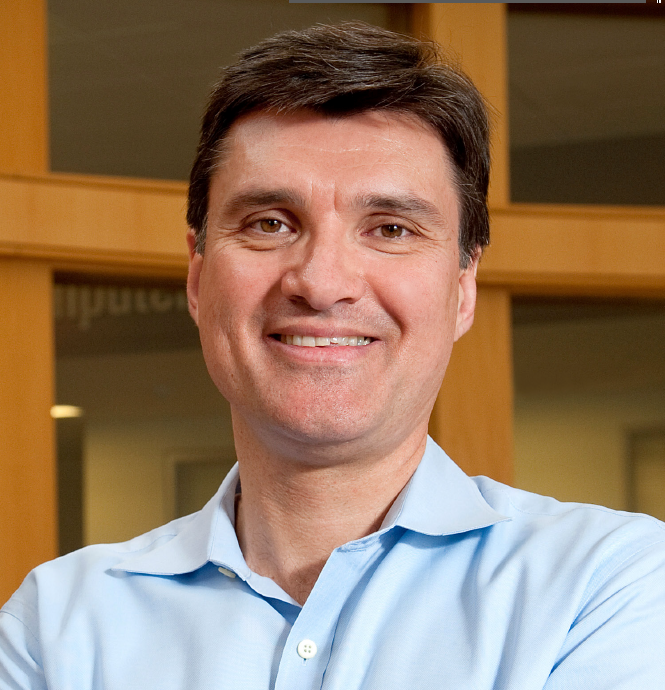
Scalable Recursive First Fit: An Optimal Solution to the Spectrum Allocation Problem
George Rouskas, NC State Computer Science, USA
We revisit the classical spectrum allocation (SA) problem, a fundamental subproblem in optical network design, and make three contributions. First, we show how some SA problem instances may be decomposed into smaller instances that may be solved independently without loss of optimality. Second, we prove an optimality property of the well-known first-fit (FF) heuristic. Finally, we leverage this property to develop a recursive algorithm that applies the FF heuristic to find an optimal solution efficiently. This recursive FF (Rec-FF) algorithm complements our recent algorithm that recursively searches the routing space and may be combined with it to solve large routing and spectrum allocation (RSA) problem instances to optimality.
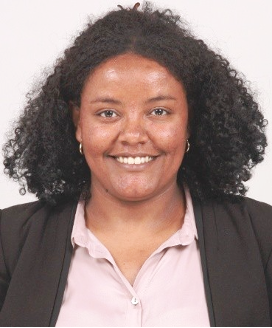
Wavelength selective switches for ROADM node functionality in ultrahigh capacity metro core and access network
Netsanet Tessema, Eindhoven University of Technology, Netherlands
ROADM nodes constituted by wavelength selective switches (WSS) play instrumental role in enabling dynamic re-configurability within high-capacity metro network. In this paper we illustrate the functionality of WSS for efficient utilization of resources in high-capacity metro networks. Design and implementation of modular photonic integrated circuits and their experimental validation is presented. The modularity feature of the photonic integrated circuit (PICs) supports scalability of the network. Experimental results further verify the prospect of modular PIC implementation of WSS in fulfilling the dynamic re-configurability demand of high-capacity metro network.

Mobility Aware Dynamic Resource Management in 5G Systems and beyond
Anna Tzanakaki, National and Kapodistrian University of Athens, Greece
One of the fundamental challenges that need to be addressed in 5G systems and beyond relates with the support of mobile users requiring uninterrupted delivery of very demanding services. In this context, optical transport networks play a key role in the overall network architecture as they can facilitate disaggregation of the Radio Access and Core Network Resources and the associated network functions. In addition, they can facilitate disaggregation and dynamic allocation of the required compute resources as well as the relevant virtualised functions, as the means to address fast user mobility through solutions such as live VM migration. This paper will present and discuss relevant architectures and will provide an evaluation analysis based on real traffic statistics and user mobility patterns with the aim to quantify the benefits associated with the proposed approach.

Optical Metro Network Design with Low Cost of Equipment
Massimo Tornatore, Politecnico di Milano, Italy
New arising 5G services will pressure optical metro networks with unprecedented requirements. As operators’ revenues are not scaling accordingly, several technical directions to design low-cost optical metro networks are being investigated. In this study we observe that operators can jointly i) enforce Filterless Optical Network (FON) architecture, hence removing costly Wavelength Selective Switches, ii) leverage relatively short links in metro networks to reduce the number of optical amplifiers (OAs), iii) place amplifiers intelligently to maximize signal quality (SNR), hence employing higher-order modulation formats (MF) and reducing the number of transponders. To quantify the achievable cost-reduction we develop a Quality-of-Transmission (QoT) aware planning tool, based on Genetic Algorithm, for joint optimization of fiber tree establishment (inherent to FON), OA placement and MF assignment. Results obtained over a realistic topology show that the proposed design achieves overall (4-8)% equipment cost savings compared to baseline optical network deployment, without affecting QoT.

A Scalable Telemetry Framework for Zero Touch Optical Network Management
Luca Valcarenghi, Scuola Superiore Sant’Anna, Italy
The interest about Zero Touch Network and Service Management (ZSM) is rapidly emerging. As defined by ETSI, the ZSM architecture is based on a closed-loop/feedback control of the network and the services. Such closed-loop control can be based on the Boyd’s Observe Orient Decide and Act (OODA) loop that matches some specific management functions such as Data Collection, Data Analytics, Intelligence, Orchestration ad Control. An efficient implementation of such control loop allows the network to rapidly adapt to changes and maintain the required quality of service. This paper focuses on one of the aforementioned functions: data collection. Many solutions for collecting network parameters are emerging that fall under the broad umbrella of network telemetry. An example is the Google gRPC, that represented one of the first solutions to provide a framework for data collection. Now the number of available frameworks is proliferating. In this paper we propose the utilisation of Apache Kafka as a framework for collecting optical network parameters. Experimental results show that Kafka is a scalable and reliable solution with minimal resource consumption.
